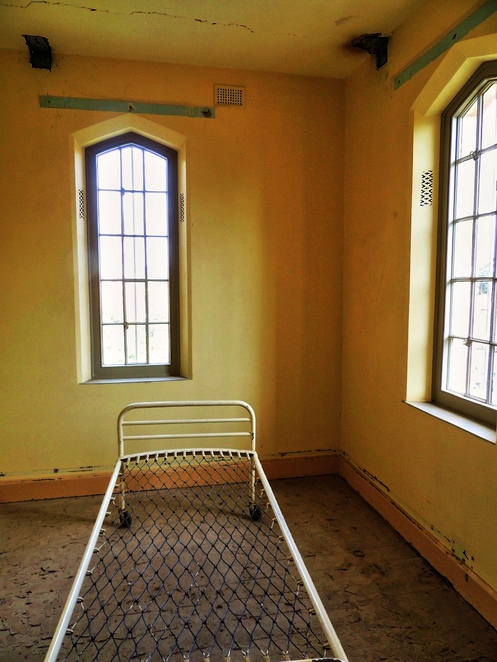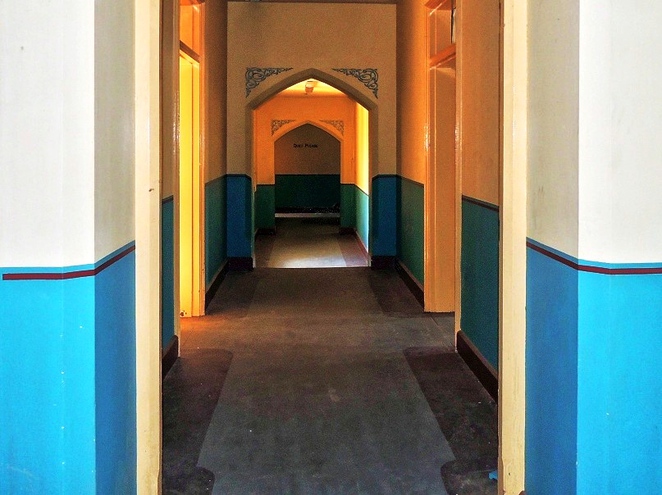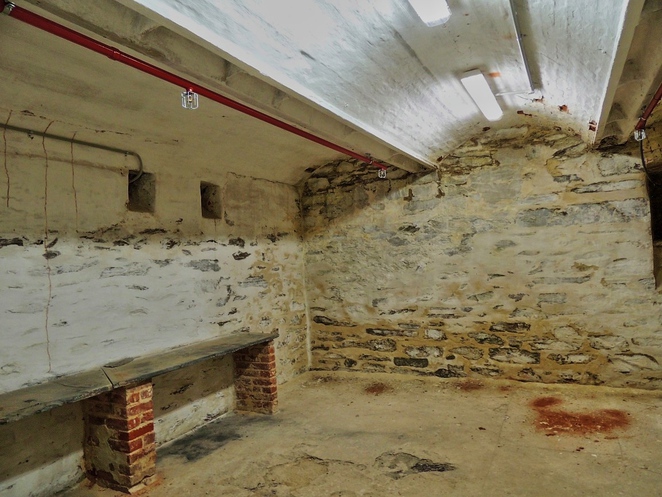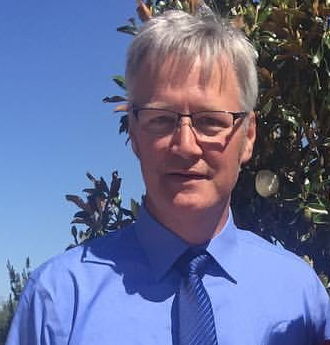This is the seventh installment in our on-going series about Robert Austin Shearn - A Criminal in the Family.
Part One - Troubled: A Criminal in the Family
Part Two - 1877: A Fateful Year
Part Three - British Army Service
Part Six - Melbourne to Adelaide and Incarceration in the Parkside Lunatic Asylum
In this seventh installment we make a slight departure from directly following Robert Austin Shearn to take a closer look at the history of and what life might have been like inside Parkside Lunatic Asylum where Robert was held as a “pauper lunatic” in 1903.
As stated in the previous post, Parkside was open from 1870 until 1913. It housed the criminally insane as well as general psychiatric patients.[1] The facility’s capacity was up to 1700 inmates and patients.[2] Construction continued on various buildings for many years after. In 1870 when Parkside opened, it was a period of so-called “mental health enlightenment.”[3] Gone were the days of cleansing the patient of the Devil.
[Parkside] became the home for Adelaide's chronic mental health patients but those nearing death, suffering undiagnosed conditions, unmarried mothers and prostitutes. Syphilis-related dementia provided up to 20% of patients in the early days and through to the 1900s.
In the beginning Parkside took only men, about 50 from the Adelaide Lunatic Asylum were transferred. Within a decade women and children were included as well. Eventually the population was close to 1800 people. Apparently not all the residents were mentally ill. The asylum also admitted homeless people, prostitutes, poor folks, and others who could not care for themselves.[4] The facility was divided into wards separating people by sex, age, need, and criminality. The criminally insane were kept in the L ward. Later, around 1885, it became known as the Z ward.[5] When the population became so large, once it came close to 1000, overcrowding became an issue. Cells that were not made for sharing were often shared. Corridors served as living spaces when needed. The cellars were not used for living space, according to one source.[6]

Over the years, the doctors in charge of Parkside brought progress in mental health care and management of institutional expenses. For example, departing from the practices of the day regarding housing in large ward buildings, the overseers built smaller so-called cottages to house fewer inmates. Costs were driven down and care improved as the inmates in these cottages fared better with treatment than those not in the cottages.[7]

The inmates farmed and harvested much of their own food. They also kept cattle, hogs, and some sheep. They were expected to work in some capacity. Farming and ranching offered options. Still the Asylum was not a place you want to be. About 10% of the population died each year. Many were due to natural causes including old age, but death by suicide was not uncommon. Straitjackets and castor oil were used as punishment for not eating and other typically minor considerations.
If you are interested, you can visit Z Ward in the Asylum. As of 2018 Z ward was open to the public for tours.[8]
All images from The Untold Stories of Parkside Lunatic Asylum at https://www.weekendnotes.com/the-untold-stories-of-parkside-lunatic-asylum/
- [1] https://www.ahpi.esrc.unimelb.edu.au/biogs/E000506b.htm
- [2] https://adelaideaz.com/articles/parkside-lunatic-asylum-from-1870-south-australia-s-major-attempt-at-institutionalised-mental-health-treatment
- [3] https://adelaideaz.com/articles/parkside-lunatic-asylum-from-1870-south-australia-s-major-attempt-at-institutionalised-mental-health-treatment
- [4] https://www.weekendnotes.com/the-untold-stories-of-parkside-lunatic-asylum/
- [5] https://www.ahpi.esrc.unimelb.edu.au/biogs/E000506b.htm
- [6] https://www.weekendnotes.com/the-untold-stories-of-parkside-lunatic-asylum/
- [7] https://glensidehospitalhistoricalsocietyinc.com/2013/07/05/r1-r2-x-wards/
- [8] https://www.weekendnotes.com/z-ward-glenside-hospital/
Let us know if we can help you
If you need any help finding your ancestors, or want to leave a comment, just let us know.


